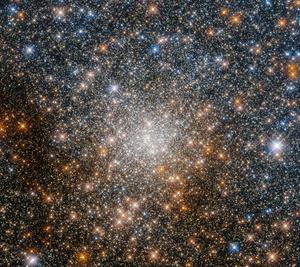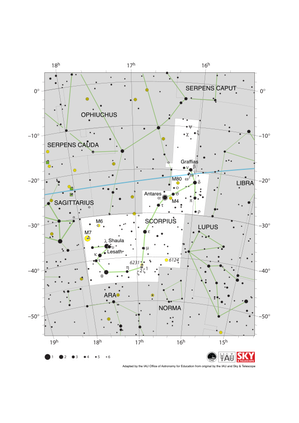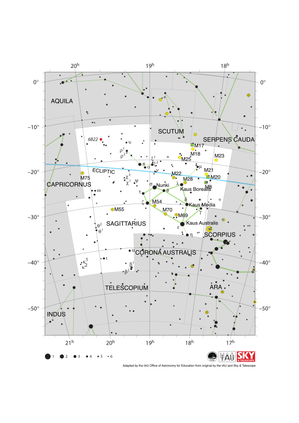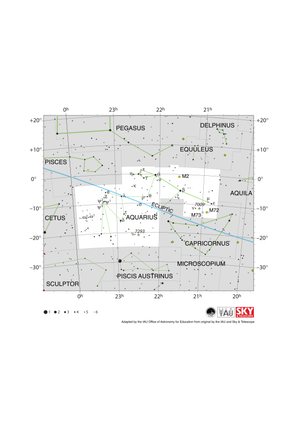Glossary term: Amas globulaire
Description: Un amas globulaire est un groupe d'étoiles, de forme sphérique, massif et très dense, lié par la gravitation et stable depuis des milliards d'années. Dans la Voie lactée, les amas globulaires ne sont constitués que d'étoiles très anciennes (en général, leur âge est compris entre 11 et 13 milliards d'années). Les amas globulaires comptent parmi les objets les plus anciens de la Voie lactée. Dans la plupart des amas globulaires, les étoiles qui les composent se sont toutes formées à peu près en même temps, bien que quelques amas globulaires montrent des signes de générations multiples d'étoiles. La Voie lactée compte environ 160 amas globulaires (la plupart résidant dans son halo), tandis que les galaxies elliptiques géantes peuvent en compter plusieurs milliers.
Related Terms:
See this term in other languages
Term and definition status: The original definition of this term in English have been approved by a research astronomer and a teacher The translation of this term and its definition is still awaiting approval
The OAE Multilingual Glossary is a project of the IAU Office of Astronomy for Education (OAE) in collaboration with the IAU Office of Astronomy Outreach (OAO). The terms and definitions were chosen, written and reviewed by a collective effort from the OAE, the OAE Centers and Nodes, the OAE National Astronomy Education Coordinators (NAECs) and other volunteers. You can find a full list of credits here. All glossary terms and their definitions are released under a Creative Commons CC BY-4.0 license and should be credited to "IAU OAE".
If you notice a factual or translation error in this glossary term or definition then please get in touch.
Related Media
Stars in globular clusters near the heart of the Milky Way
Credit: ESA/Hubble & NASA, R. Cohen credit link
License: PD Public Domain icons
Related Diagrams
Scorpius Constellation Map
Credit: Adapted by the IAU Office of Astronomy for Education from the original by IAU/Sky & Telescope
License: CC-BY-4.0 Creative Commons Attribution 4.0 International (CC BY 4.0) icons
Sagittarius Constellation Map
Credit: Adapted by the IAU Office of Astronomy for Education from the original by IAU/Sky & Telescope
License: CC-BY-4.0 Creative Commons Attribution 4.0 International (CC BY 4.0) icons
Carte de la constellation du Capricorne
Credit: Adapté par le Bureau de l'astronomie pour l'éducation de l'AIU à partir de l'original de l'AIU/Sky & Telescope
License: CC-BY-4.0 Creative Commons Attribution 4.0 International (CC BY 4.0) icons
Aquarius Constellation Map
Credit: Adapted by the IAU Office of Astronomy for Education from the original by IAU/Sky & Telescope
License: CC-BY-4.0 Creative Commons Attribution 4.0 International (CC BY 4.0) icons
Ophiuchus Constellation Map
Credit: Adapted by the IAU Office of Astronomy for Education from the original by IAU/Sky & Telescope
License: CC-BY-4.0 Creative Commons Attribution 4.0 International (CC BY 4.0) icons














